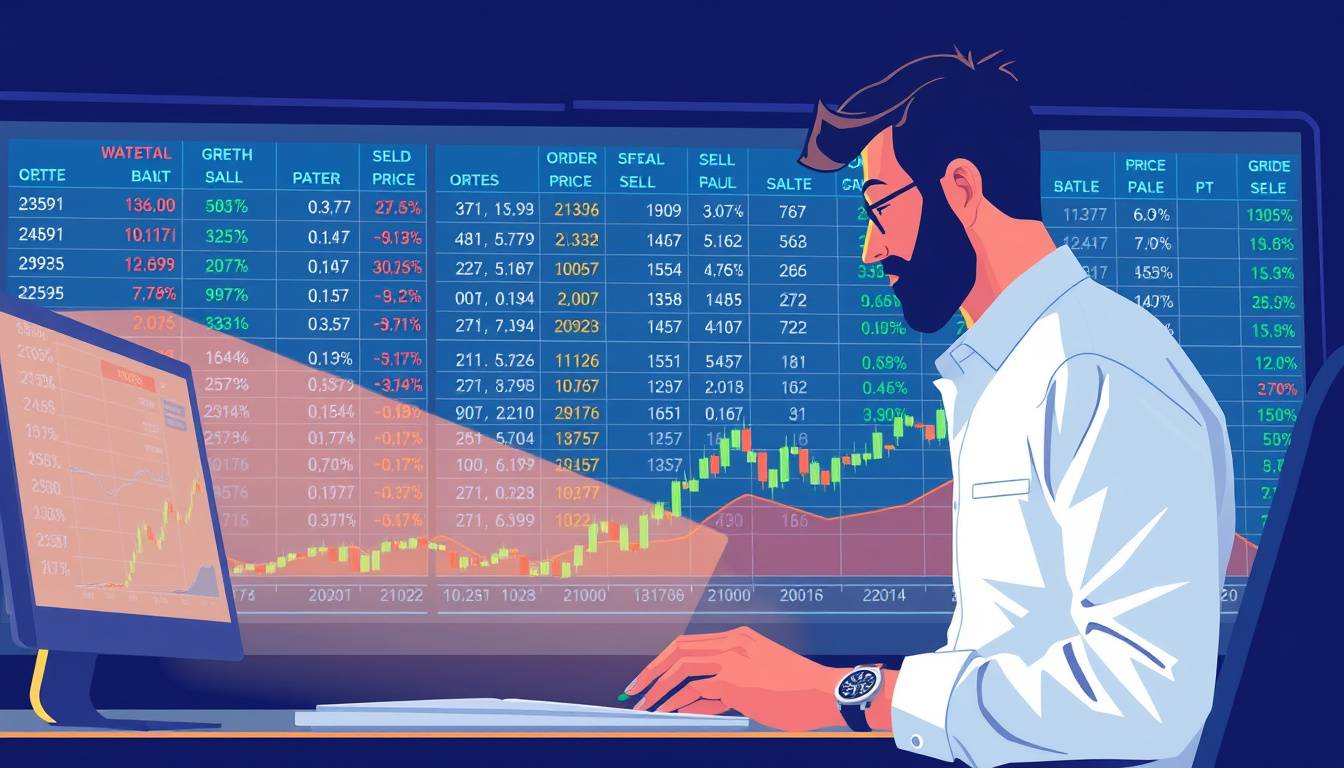Unlocking Market Secrets: A Comprehensive Guide to Depth Analysis for Smart Trading Decisions
Unlocking Market Secrets: A Guide to Depth Analysis for Smart Trading Decisions
In trading, prices shift fast. Orders sit behind the scenes. They matter as much as the numbers you see. Traders use market depth analysis to watch these orders. This guide shows market depth, explains how it works, and outlines why many traders choose it.
What Is Market Depth?
Market depth shows the number of active orders. It counts both buy orders and sell orders. It lists the orders around the current price. The order book holds all pending orders by price.
• Order Book Structure: Orders display in real time. Each order links directly to a price.
• Liquidity Check: Depth tells you how smooth a trade may be.
• Price Impact Insight: In a deep market, a large trade does not change prices much.
How Market Depth Works
When you place a large order, the system finds orders on the other side. A market with many nearby orders keeps price moves small.
For example, you plan to buy 10,000 shares at $13.62. The book shows 3,000 shares at $13.62, 1,000 shares at $13.60, and another 6,000 shares at a lower price. Your trade uses these shares in order. If the book lacks orders, a big order pushes the price down.
Why Market Depth Matters
Market depth gives clues that go beyond simple price and volume. It shows how orders mix at key prices.
• Price Moves: A thin order book can bring swift price changes. A thick order book tends to keep prices stable.
• Supply and Demand: Orders cluster at certain prices. These clusters often mark support or resistance.
• Reducing Slippage: Deep books help you get closer to your expected price.
• Timing and Order Size: Understanding order numbers improves how you size and time trades.
The Role of Level 2 Market Data
Many platforms show market data in two levels. Level 2 data displays more orders, with sizes and prices. Level 1 data shows only the best bid and ask.
With Level 2, you see:
• How many shares are set for each price.
• The spread of orders beyond the top price.
• Big resting orders that may absorb your trade.

Using Market Depth in Trading
- Scalping and Day Trading: Watch the board to catch small price moves.
- Finding Support and Resistance: Large orders at key prices often hold price shifts.
- Order Execution: Traders avoid big orders in thin markets and choose limit orders instead.
- Spotting Fake Orders: Sudden big orders can be tricks. Watching the board helps you see these signs.
Limitations of Market Depth
Market depth gives useful hints. Yet the order book changes fast. New orders come in and old orders vanish. Some orders hide or trade off the main board. Even in a deep market, a large market order may shift prices.
Conclusion
Market depth analysis gives a clearer view of how orders push price moves. Order book data and Level 2 quotes help you plan trades and time them well. New and seasoned traders gain more control by watching this tool. Use market depth to better read market signals in your trading.
Further Reading:
- Understanding Limit Orders and Market Orders
- Level 1 vs Level 2 Market Data Explained
- Tips to Reduce Slippage in Trading
